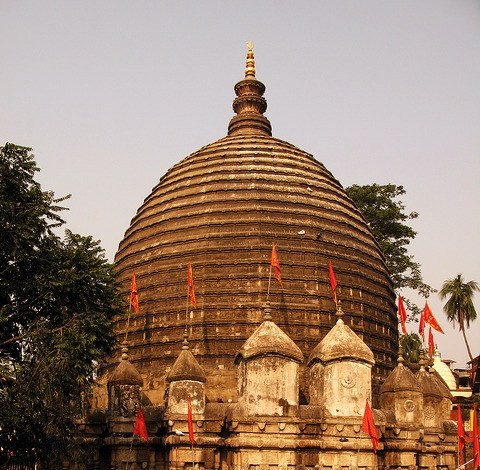A Visit to the Titisee Black Forest Cuckoo Factory
Before I tell you about my fascinating visit to the Titisee Black Forest Cuckoo Factory, I’d like to tell you a little bit about this popular German vacation spot. The Titisee is a 2-kilometre expanse of water in Germany that dates back to the ice age. It is an ideal isolated spot for lake boating, leisurely hikes, or resting in a beer garden, with ‘phenomenal’ valley vistas on exhibit.

In truth, Titisee Lake is the result of a 10,000-year-old glacier that formerly existed in the Feldberg. As a result, it is the region’s largest natural lake! Also known for its outdoor sports, Titisee draws a large number of people interested in tourism, sailing, swimming, or windsurfing.

Titisee is known not just for its stunning vistas, but also for its fabled Black Forest Cuckoo Factory, surrounded by the mystical beauty of tall pine and oak trees. The Black Forest Cuckoo Factory embodies the native European bird with its distinctive pendulum-regulated clocks, often known as cuckoo clocks. The Cuckoo serves as both a spring announcement and a timekeeper. As a result, this museum-like factory’s clock collection mostly features two varieties of cuckoo clocks. One has elaborate hand-carved decorations reflecting nature, while the other is built in the style of a Chalet.

Each of these clocks tells a unique tale that echoes the past, and with each hourly pendulum stroke, you live their stories for a brief time. I’m not sure if these clocks can be turned off at night, but they certainly make an excellent collector’s piece. You’ll see a giant Cuckoo Clock on the building’s front wall when you first arrive at the clock factory. We entered the factory after spending a few minutes outside, where we were given an official tour that included demonstrations of traditional cuckoo clock-making processes.

Overall, it was a ‘wonderful’ experience, since this was the point at which we learned every single detail of the clock’s unique qualities, leaving us in awe of the highly accomplished craftsmanship. Although not all clocks represent the Black Forest’s roots, the majority do; and are marked by emissive snowfalls. This gave rise to the cottage industry, which laboured indoors during the winters and handcrafted what are now considered the world’s most stunning masterpieces.

However, clockmaking began in the fifteenth century after a wanderer brought a Bohemian clock to the Black Forest. Locals took advantage of the abundant wood in the region and developed a new art that included embossing beautiful natural motifs.
Mr Franz Kettler, who replaced the hourglass tradition with a pendulum clock, was the first man to build the initial model, we discovered during our journey. As a result, if you visit Germany, make a point of visiting the Drubba Clock manufacture in the Black Forest. Grab a slice of Black Forest cake and buy a keepsake or arrange a genuine clock to be brought to your home (no matter where you live), to round off the experience.



